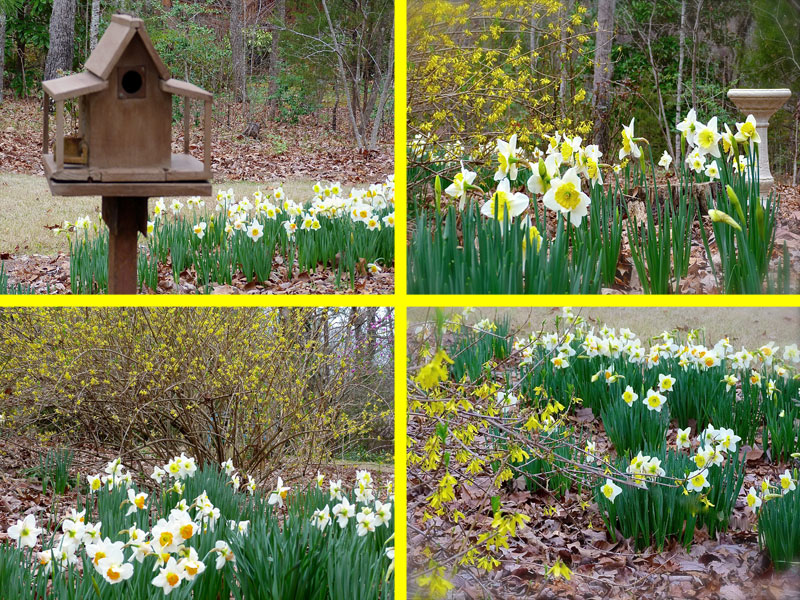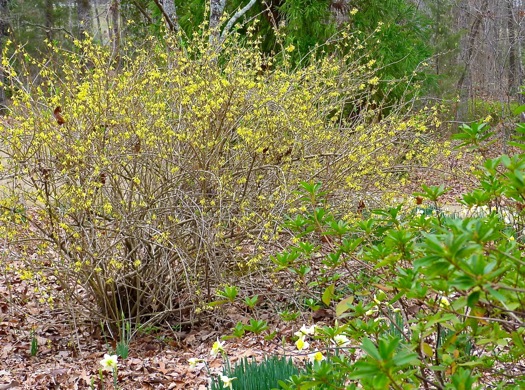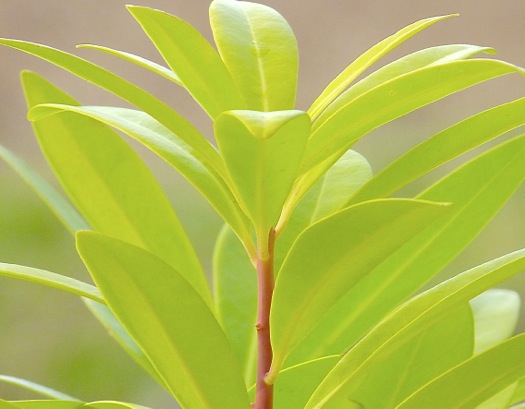Pre-Spring in the Garden
 Sunday, February 12, 2017 at 5:15PM
Sunday, February 12, 2017 at 5:15PM Temperatures here have fluctuated from near freezing to shirt-sleeve warm. On warmer days I have enjoyed the chance to kick off 2017 gardening with clean-up and late winter pruning. Early bloomers are trying to push the season into spring a bit early. I know hard frosts are still likely; but as more blooms open daily, I am getting excited about spring. I won't say spring has arrived, but we are definitely into pre-spring!
Here is a look at some early blooms. Daffodils and forsythia:



Flowering quince (chaemoneles) with forsythia in the background:
Forsythia is an old-fashioned, common shrub, but who can resist its cheerful burst of blooms on a gray February day?
Daphne odora 'Marginata' has a pleasing fragrance and waxy blooms that contrast beautifully with its variegated foliage:
My pale pink camellia by the mailbox has smaller blooms than usual this year. I am amazed it has any blooms at all. We were 3 months into our drought last fall before I noticed its leaves wilting and finally gave it some supplemental water: This camellia began as a volunteer seedling. Its parent has red blooms.
This camellia began as a volunteer seedling. Its parent has red blooms.
Magnolia 'Jane' began blooming this weekend. It is often called a tulip tree because of its tulip-like blooms:
Hellebores are reliable late-winter bloomers:
Anise (Illicium parviflorum) 'Florida Sunshine' is not known for its inconspicuous blooms, but its chartreuse foliage and red stems light up the winter garden. The leaves have a wonderful licorice fragrance::
Finally, I came across these colorful little mushrooms while walking in the woodland garden. They were a nice surprise that came from all the rain we have been having:
Happy pre-spring!
You may also enjoy my previous post: Are You a Plant Snob?




